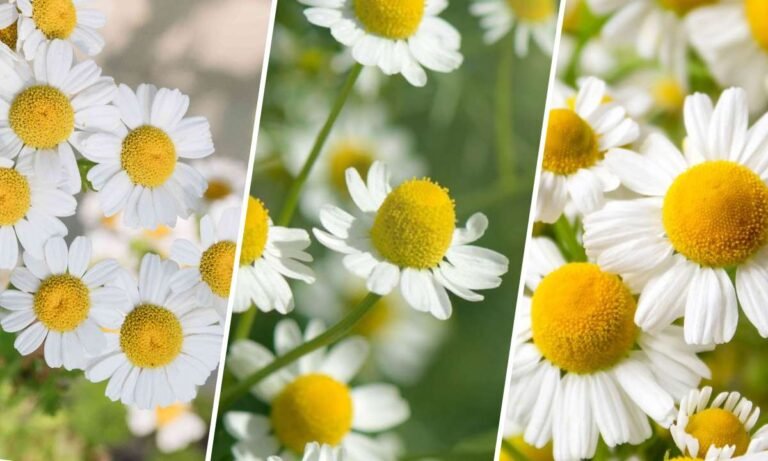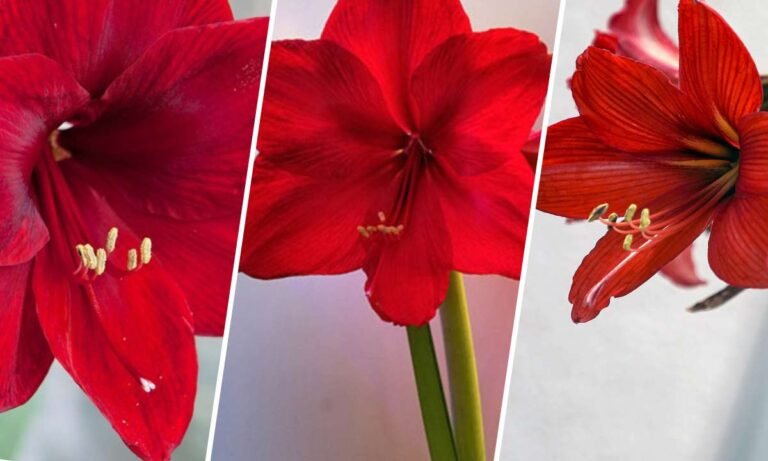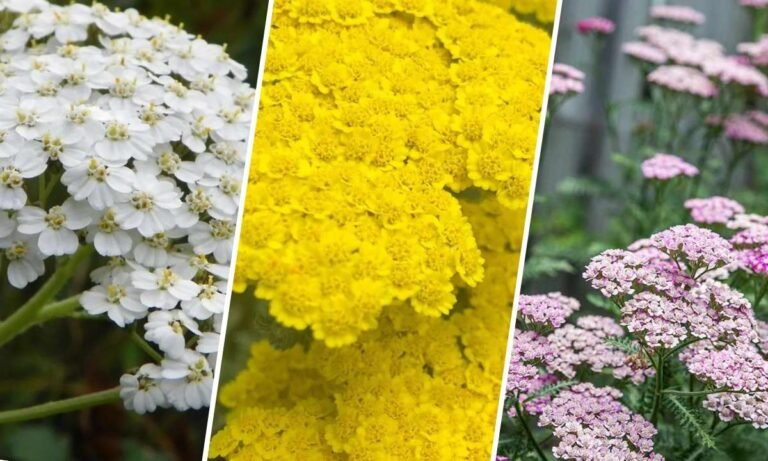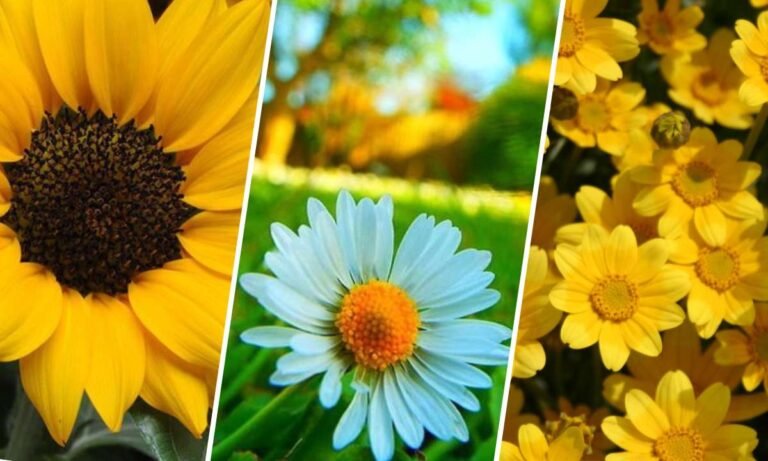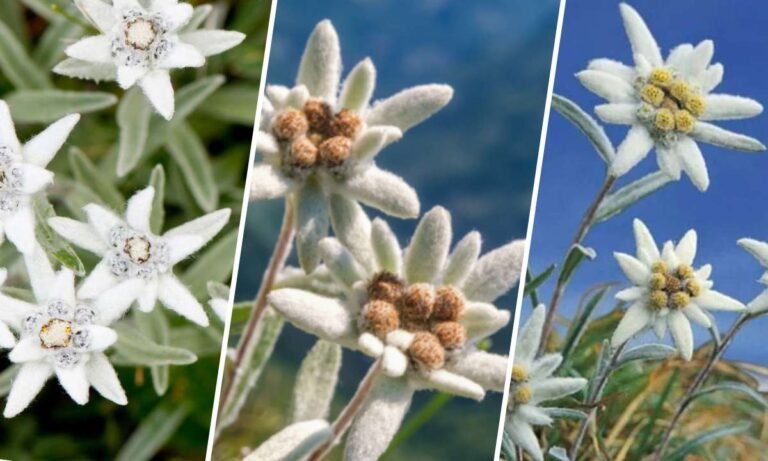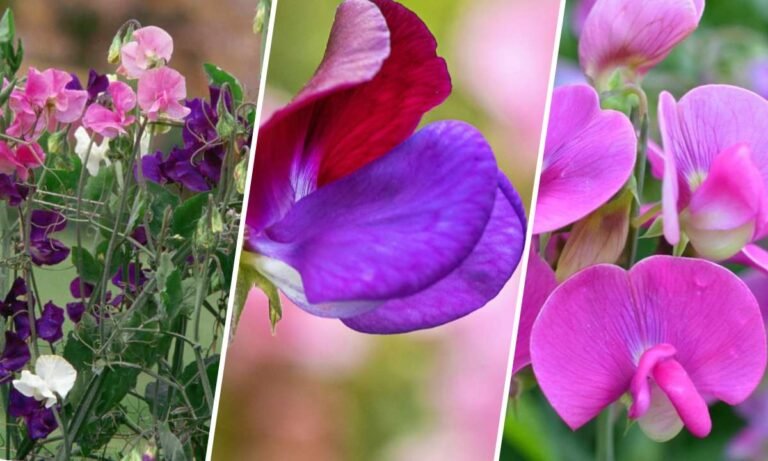Yellow flowers, known for their bright and cheerful appearance, have long been symbols of happiness, positivity, and renewal. In this article, we explore their meanings, historical significance, and symbolism in a way that’s engaging and easy to understand.
Origins and Meaning of Yellow Flowers
The term “yellow” originates from the Old English word “geolu,” which simply means the color yellow. Yellow flowers come in various species and types, each with its own charm and significance. From sunflowers to daffodils, these blooms have been cherished across cultures for their radiant beauty and associations with joy.
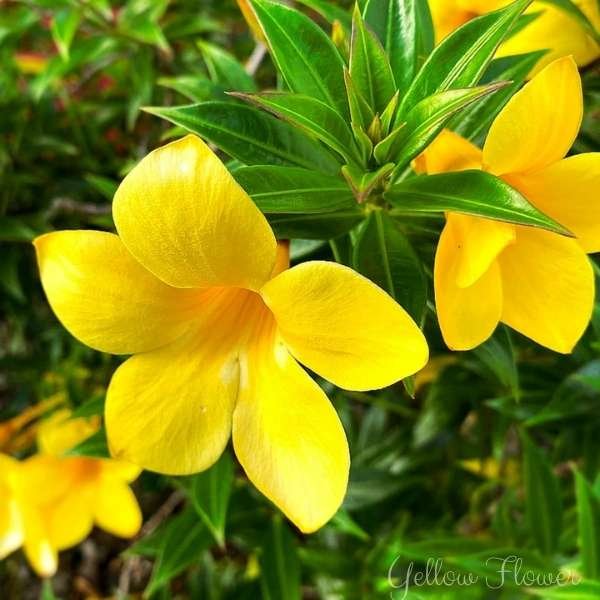
Symbolic Meanings of Yellow Flowers
Happiness and Positivity: Universally recognized, yellow flowers symbolize happiness and positivity. Their vibrant color evokes feelings of joy and cheerfulness, making them perfect for celebrating occasions like birthdays and weddings. They have a remarkable ability to uplift spirits and inspire optimism.
Friendship: In the language of flowers, yellow blooms often symbolize friendship and companionship. They’re commonly exchanged between friends to express gratitude, loyalty, and mutual support, emphasizing a platonic and enduring bond.
New Beginnings: Yellow flowers also signify new beginnings and fresh starts. Their sunny hue symbolizes growth, renewal, and the start of a new chapter in life. They’re often chosen to celebrate achievements, new ventures, or personal growth milestones.
Historical Significance of Yellow Flowers
Ancient Civilizations: In ancient Egypt, yellow flowers held significance in religious rituals dedicated to the sun god Ra. Similarly, in ancient Greece, they were associated with deities and featured prominently in myths and legends.
Medieval Europe: During the Middle Ages, yellow flowers were prized for their medicinal properties and used in treatments for various ailments. Their bright colors were also favored in gardens and decorative settings.
Modern Usage: Today, yellow flowers remain popular in gardens, floral arrangements, and cultural symbols. They continue to symbolize hope, love, and positivity in various forms of media and everyday life.
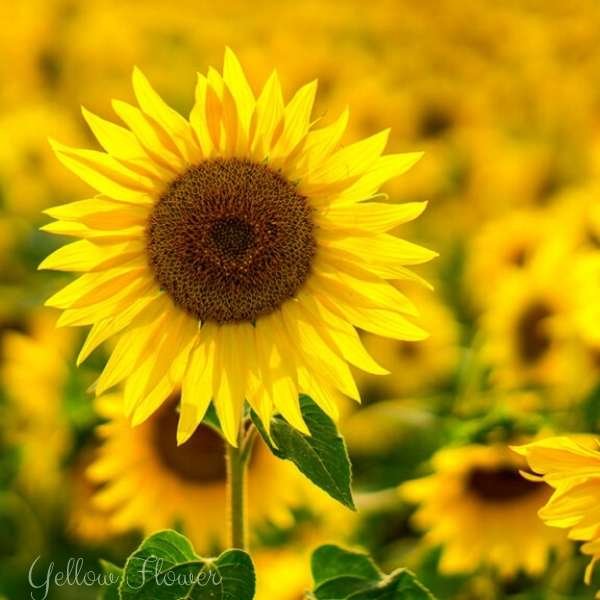
Different Varieties and Their Meanings
Sunflower: Perhaps the most iconic, sunflowers symbolize adoration, loyalty, and longevity. Their large, radiant blooms track the sun, embodying warmth and positivity.
Daffodil: Symbolizing rebirth and new beginnings, daffodils herald the arrival of spring and the renewal of life.
Marigold: Known for passion and creativity, marigolds are also used in some cultures to honor the departed in remembrance ceremonies.
Yellow Flowers in Art and Literature
Throughout history, yellow flowers have been celebrated in art and literature. They frequently appear as symbols of happiness, renewal, and the promise of a brighter future. Vincent van Gogh’s sunflower paintings are iconic examples of capturing their vibrant beauty and symbolic depth.
Cultural Significance
Western Cultures: In the West, yellow flowers are synonymous with joy and celebration, often used in springtime festivities and decorations to signify happiness and friendship.
Eastern Cultures: In Eastern traditions, yellow flowers may symbolize prosperity and good fortune, admired for their ability to bring positive energy and ward off negativity.
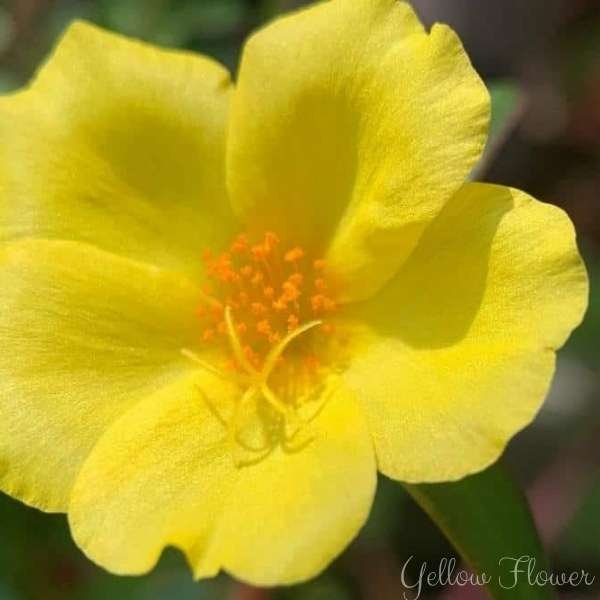
Growing and Caring for Yellow Flowers
Yellow flowers are relatively easy to grow, thriving in well-drained soil and full to partial sun. Regular watering, careful pruning, and attention to pests ensure healthy growth and vibrant blooms.
Conclusion
Yellow flowers embody happiness, positivity, and new beginnings. Their diverse meanings and enduring appeal make them beloved additions to gardens and floral arrangements worldwide. Whether you’re a gardener, a flower enthusiast, or simply someone who appreciates nature’s beauty, yellow flowers continue to inspire joy and optimism.

